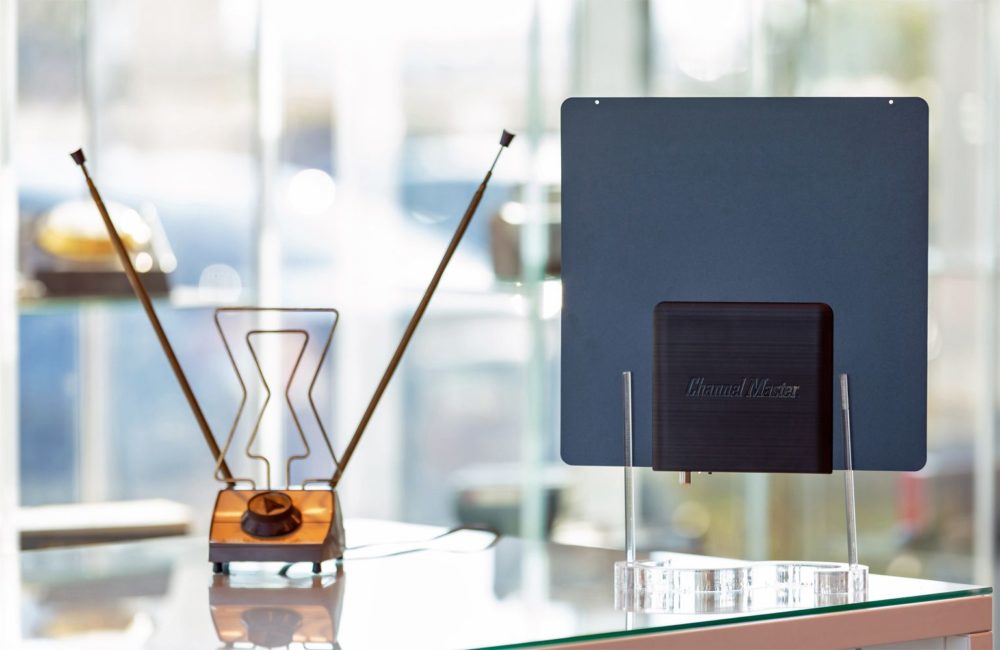Bad TV reception is definitely one of the problems that every household is afraid of – especially those families or individuals who prefer this type of entertainment above all. There’s no worse annoyance than when we finally curl up in our living room after a busy day, prepare a nice dinner, turn on the TV, and bam! – the picture disappears on its own. Then it comes back. Then it disappears again. The channels that worked fine up until then simply get lost. No matter how much we want for these things not to happen, there are reasons why they do. Most often it’s all about the quality and position of the antenna itself and it’s necessary to know how to deal with this problem. This means finding solutions that won’t make us spend a bunch of money, but that will improve the overall aerial performance.
If you notice this issue yourself – channel loss, poor image quality, blurring, interruptions and other similar failures, you’ll know it’s time to do something to change it. What we have for you today are a few first-aid options that you can rely on in order to maintain a good performance of the relevant equipment.
1. Check the position of your antenna (and change it, if necessary)
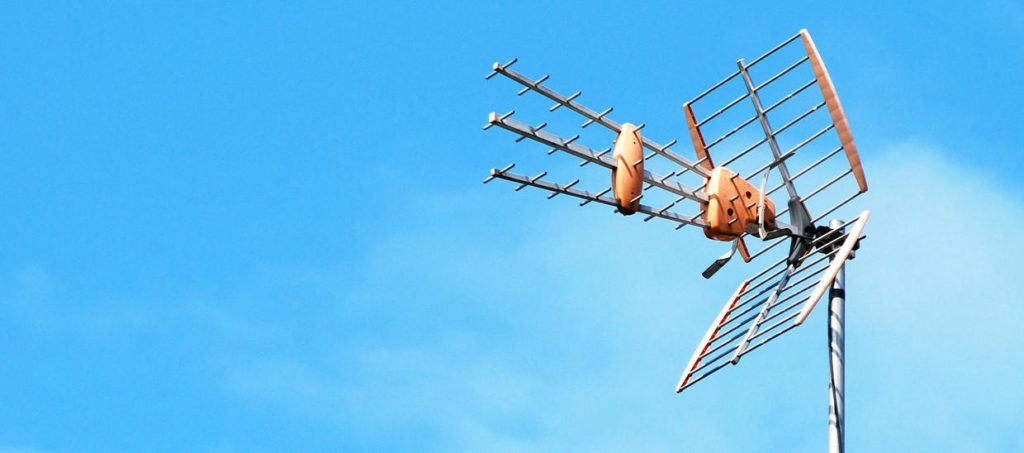
Source: onevisionltd.co.uk
Why is this important? What we need to know first and foremost is that the quality of the signal is largely determined by how ‘clean’ the path between the aerial and the transmission tower is. This means that there should be as few obstacles as possible between the two objects. And what can be an obstacle? It’s simple – buildings, skyscrapers, any other structures that can be found in the surrounding area. If they’re covering the antenna, there’s hardly anything that can be fixed about performance and TV reception.
If you realize this is a problem, the only way to fix it is to move the device to a location where ideally there’s no obstacle. Since this is sometimes impossible, at least try to keep them as small as possible. This should make some positive changes in this field.
Also, sometimes a simple re-aiming can do wonders. Just bear in mind the same things that matter while you’re relocating it and make the transmission ‘path’ as clean as possible.
2. Check if the antenna itself functions properly

Source: smartaerials.co.uk
Sometimes the source of the fault is not even in the obstacles but in the physical or mechanical state of your aerial. Before tackling repositioning and re-aiming, first, check its overall condition. Are there any cracked parts? Was it damaged due to bad weather conditions? Any breaks or dents can significantly affect TV reception, if not destroy the whole function of this item.
If you think that you aren’t skilled enough to find out yourself whether there’s relevant physical harm, it’s always possible to hire experts who’ll perform the assessment better, define the exact failure, and determine a proportionate effective solution for it. Sometimes we might also be concerned when it comes to climbing the roof, as the height is not a naive factor and there’s always a risk. So, long story short, it’s much better to leave it to professionals from relevant companies who have the right equipment and who’ll know what to do. In case you think you might need such services, click here to find out more about a few possibilities that might save you.
3. Buy a TV signal booster
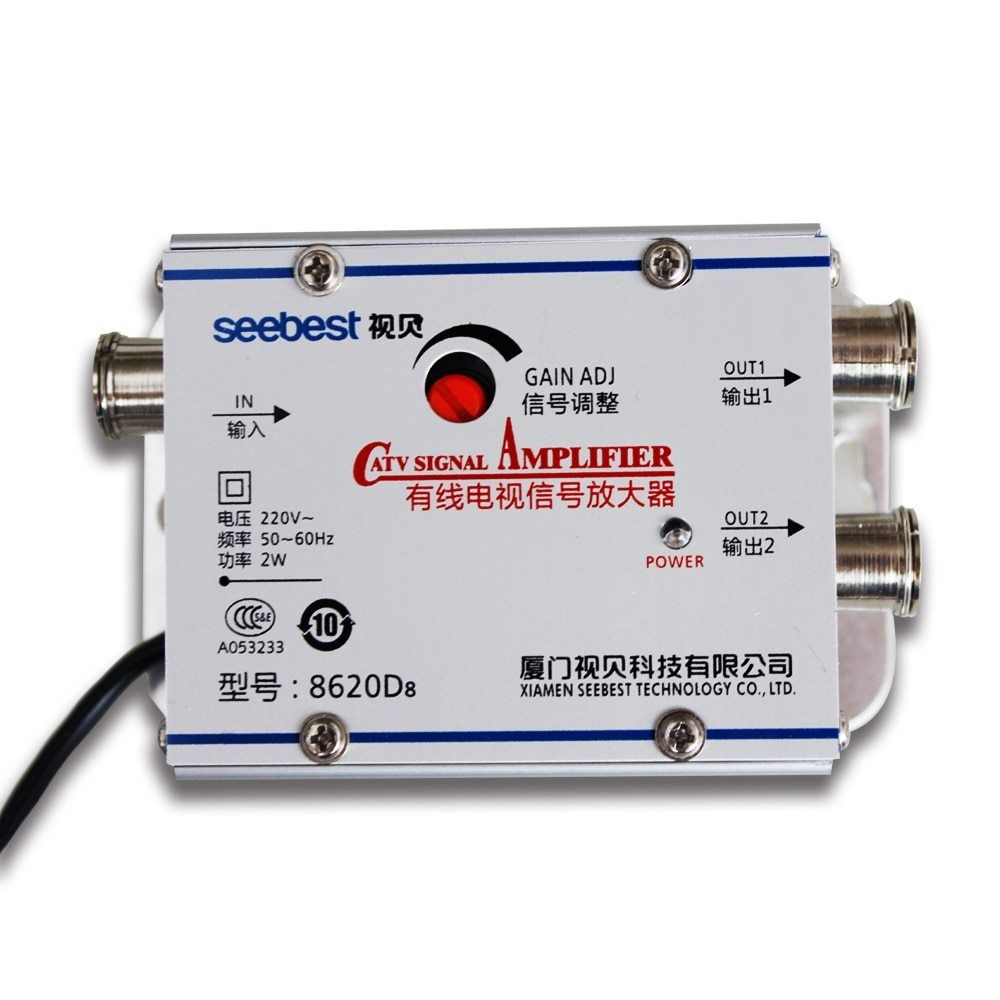
Source: pinterest.com
If everything seems to be rather okay with the aerial, and there’s a possibility that the signal is simply weaker than it should be, one of the efficient ways includes purchasing a signal booster or so-called amplifier. What does it do? Just like its name states – its purpose is to amplify the existing signal and enhance it as much as it’s possible.
The quality that gets lost while traveling through the cables can be easily recovered with a device like this. However, some households have a television in multiple rooms of the house – in this case, distribution boosters are more recommended and equally more efficient.
Thankfully, the shops are full of various kinds of these devices for various needs. The only thing we do recommend is to ‘google’ it first, in order to determine which model possesses the features that your antenna needs.
4. Replace old and worn cables
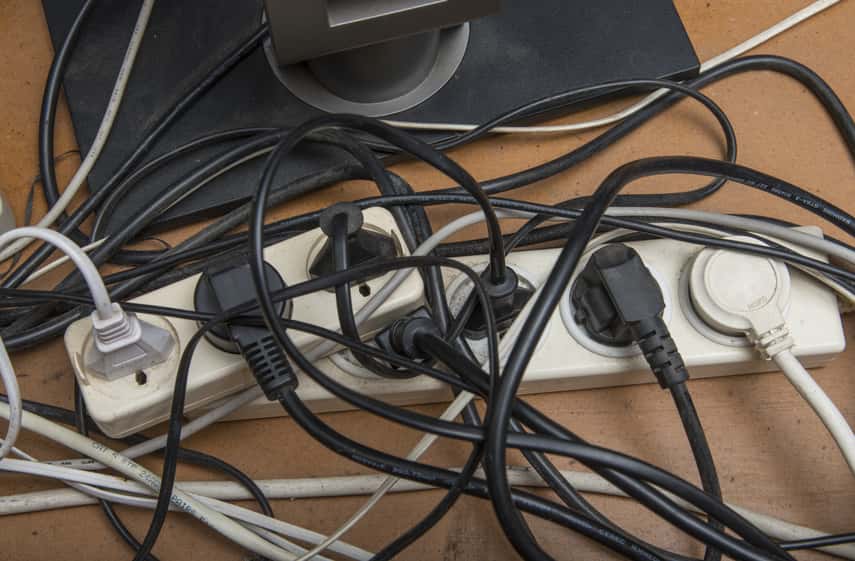
Source: brisbane-electrical.com.au
Not always the antenna is the cause of the problem – sometimes the complication is the way the signals are transmitted. First of all, you should do the same as with the antenna – check that they are whole, if they have experienced any damage, whether they are peeled or if any part’s missing.
Not only this – while conducting this type of revision, it should also be determined whether they’re properly connected to other pieces of equipment. Occasionally, some of the fixed parts may become loose and may need additional fixing. It should be ensured that there are no obstacles around them that could prevent a decent signal flow in any way. Also, it’s very important for the cables to be resistant to bad weather – otherwise, it will be very complex for them to perform their function properly.
What’s recommended in this case is that all unsuitable cables, if there are any, should be replaced by coaxial specimens, especially the newer model, RG6.
5. Add another antenna
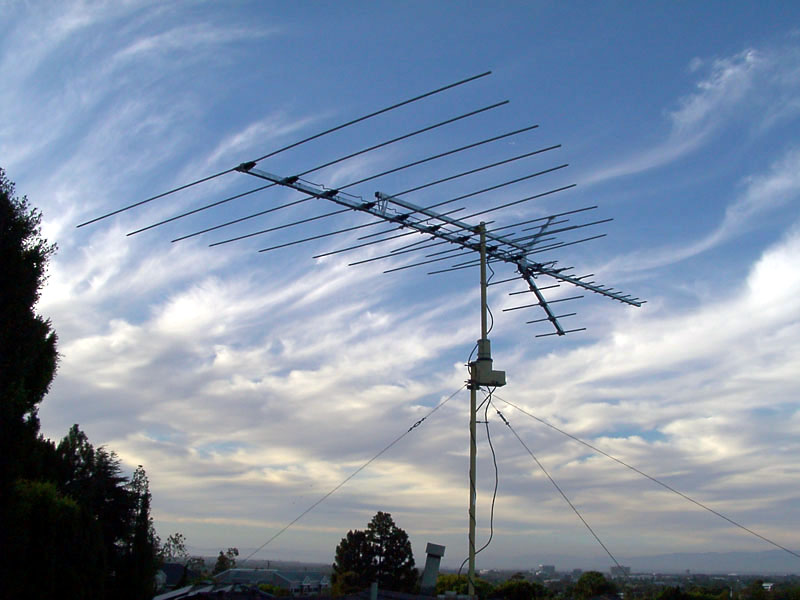
Source: pinterest.com
And, in the end, we have another optional thing you might find helpful. It applies to a case when your antenna functions well, but you want to enhance its performance and catch a couple of channels more than you have. This will work best if you already have VHF or UHF – you just need to ensure that those two won’t really have much interaction. This applies to the aerials that are set at the same level, for example, on the roof or the top of the house, says www.tvaerialinstaller.co.uk
Also, the crucial point is to remove this newly installed antenna not only from the primary antenna but, if it’s internal, from any electrical devices, as well as the cables connected to them. The presence of other components of this kind could greatly affect the effectiveness of the second aerial. Another fundamental piece of advice – don’t keep it away only from cables, but also from metal objects such as metal roofs. This might also make your attempts fail rather soon, but avoiding it might save you some nerves though!


